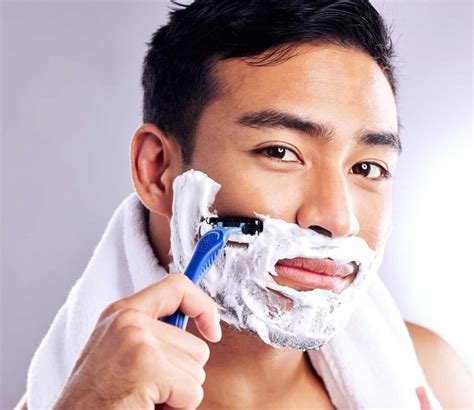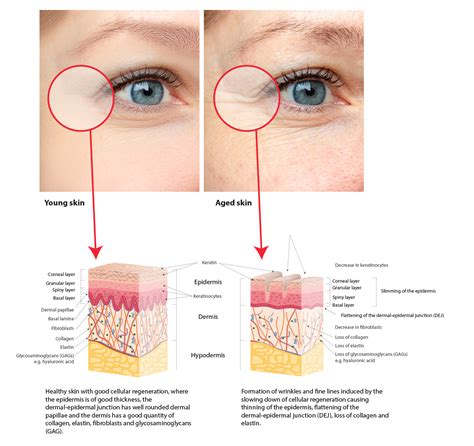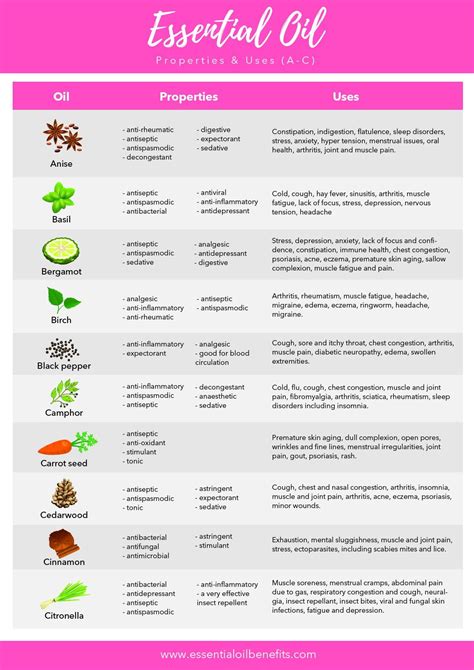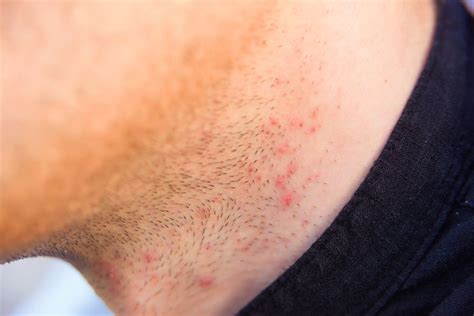Peak performance shaving: How to prevent razor burn & ingrown hairs effectively?

Achieving the Ultimate Smooth Shave
For many, shaving is a daily ritual, yet for some, it’s a battle against irritating razor burn and pesky ingrown hairs. These common grooming woes can turn a routine into a painful experience, leaving skin red, bumpy, and uncomfortable. The good news? With the right knowledge and techniques, you can transform your shaving routine into a truly peak performance experience, ensuring a close, smooth shave without the unwanted side effects.

The Foundation: Pre-Shave Preparation
A great shave begins long before the razor touches your skin. Proper preparation is the most critical step in preventing irritation.
1. Warm Water & Cleansing
- Warm Shower/Hot Towel: Start by washing your face with warm water or applying a hot towel for a few minutes. This softens the hair follicles and opens up pores, making hairs easier to cut.
- Cleanse: Use a gentle facial cleanser to remove dirt, oil, and dead skin cells that can clog pores and dull your blade.
2. Exfoliation (Optional but Recommended)
Once or twice a week, consider using a mild facial scrub to remove dead skin cells. This helps lift hairs, prevents them from getting trapped under the skin, and allows for a closer shave. Be gentle, especially if your skin is sensitive.
3. Pre-Shave Oil
Apply a few drops of pre-shave oil. This creates a protective barrier between your skin and the blade, allowing the razor to glide more smoothly and reducing friction. It also further softens stubborn hairs.
4. Quality Shave Cream/Gel
Don’t skimp on your shaving cream or gel. Opt for a rich, lubricating formula that provides ample cushion. Lather it generously over the area you intend to shave, ensuring all hairs are thoroughly coated.

Mastering the Shaving Technique
Your technique is paramount in avoiding razor burn and ingrown hairs.
1. The Right Razor Matters
- Sharp Blade: Always use a fresh, sharp razor. Dull blades tug at hairs, causing irritation and requiring multiple passes, which increases the risk of razor burn. Replace disposable razors frequently (every 5-7 shaves) or cartridge blades when they feel dull.
- Fewer Blades: While multi-blade razors promise a close shave, they can also cut hair below the skin’s surface, increasing the chance of ingrown hairs. Consider a single-blade safety razor or a two-blade cartridge if you frequently suffer from ingrowns.
2. Shave With the Grain
This is crucial. Shaving against the grain provides a closer shave but significantly increases the likelihood of irritation, razor burn, and ingrown hairs. Determine the direction of your hair growth (it can vary on different parts of your face) and shave with it. If you need a closer shave, re-lather and make a second pass across the grain, but never directly against it.
3. Light Pressure & Short Strokes
Let the razor do the work. Apply minimal pressure and use short, controlled strokes. Pressing too hard can cause nicks, cuts, and excessive skin irritation.
4. Rinse Frequently
Rinse your razor blade frequently under warm water to clear away accumulated hair and shaving cream. A clean blade glides more efficiently.

Post-Shave Perfection: Soothe & Protect
What you do immediately after shaving is just as important as your preparation.
1. Cold Water Rinse
Rinse your face with cold water immediately after shaving. This helps to close pores and soothe the skin, reducing redness and irritation.
2. Aftershave Balm (Alcohol-Free)
Skip alcohol-based aftershaves, which can dry out and irritate sensitive post-shave skin. Instead, opt for a soothing, alcohol-free aftershave balm or lotion containing ingredients like aloe vera, witch hazel, or chamomile to calm and hydrate.
3. Moisturize
Follow with a good quality, non-comedogenic facial moisturizer. Hydrated skin is healthy skin, and it’s less prone to irritation and ingrown hairs.

Targeting Ingrown Hairs Specifically
If ingrown hairs are a persistent issue, consider these additional steps:
- Regular Exfoliation: Continue regular gentle exfoliation (chemical exfoliants like salicylic or glycolic acid can be very effective) to keep pores clear and help trapped hairs emerge.
- Avoid Tight Clothing: If ingrown hairs occur on the neck, avoid tight collars immediately after shaving, as friction can exacerbate the problem.
- Don’t Pick: Resist the urge to pick or dig out ingrown hairs, as this can lead to infection and scarring. If an ingrown hair is visible, a warm compress can sometimes help it emerge naturally.

Conclusion
Achieving peak performance shaving that leaves your skin smooth, comfortable, and free from razor burn and ingrown hairs is entirely within your reach. It requires a combination of thoughtful preparation, mindful technique, and diligent post-shave care. By integrating these practices into your grooming routine, you’ll not only enjoy a superior shave but also healthier, happier skin. Say goodbye to irritation and hello to a new level of shaving excellence.









